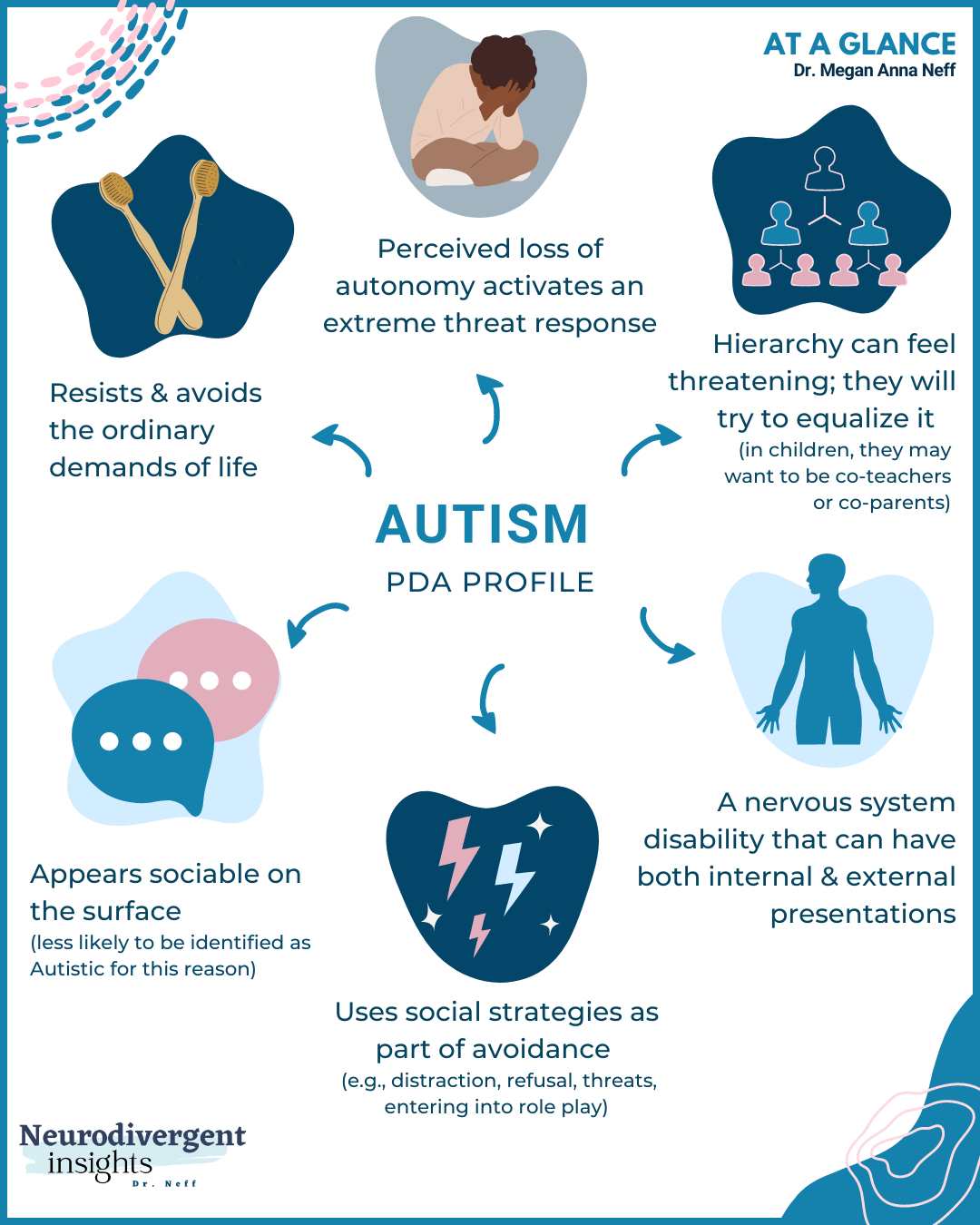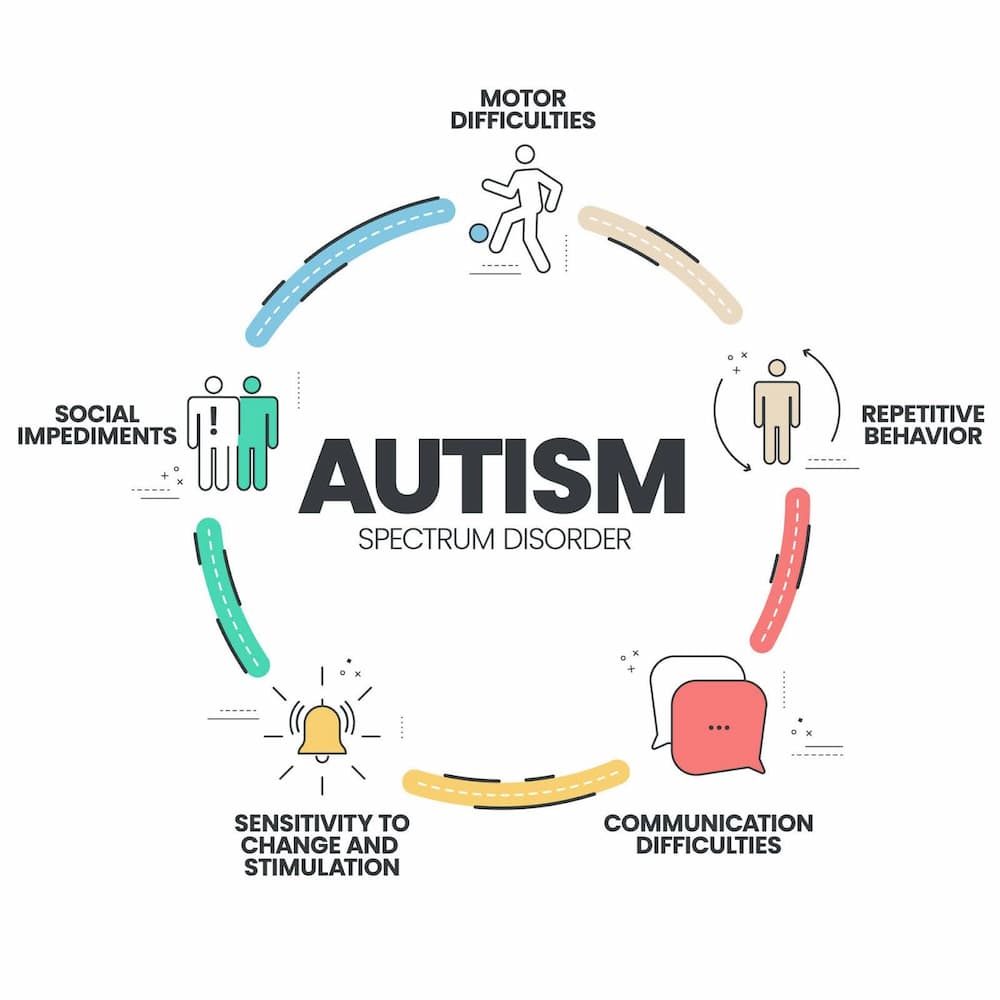Resolving Typical Myths: What You Need To Find Out About Autism Today
Resolving Typical Myths: What You Need To Find Out About Autism Today
Blog Article
Checking Out Autism: Techniques for Effective Communication and Communication
Reliable communication and communication with individuals on the autism range necessitate a thorough understanding of their special needs and choices. The intricacies of these techniques reveal more considerations that warrant expedition, especially in just how they can be adapted to individual experiences and varied contexts.
Recognizing Autism Range Disorder
Autism Spectrum Condition (ASD) includes a series of neurodevelopmental conditions defined by challenges in social interaction, communication, and repetitive habits. The term "range" mirrors the varied manifestations and varying degrees of extent experienced by people with ASD. While some might exhibit significant impairments, others might show high-functioning attributes, permitting for greater self-reliance in every day life.
The beginning of ASD usually happens in early childhood years, with indicators commonly identifiable by age 2. Very early indicators may consist of postponed speech growth, restricted eye contact, and problems in understanding social cues. The accurate etiology of ASD stays uncertain, research study suggests a combination of environmental and hereditary variables plays a crucial role in its development.
As an outcome, interventions and assistance tailored to specific requirements are essential for cultivating communication and social abilities. Acknowledging the complexity of ASD is essential for promoting recognition, acceptance, and reliable strategies that assist in meaningful communications with individuals on the range.

Value of Clear Communication
Effective interaction is crucial for promoting understanding and connection, particularly for people with Autism Spectrum Disorder (ASD) Clear interaction not just helps with social interactions yet likewise enhances the person's capability to express their ideas, needs, and feelings. For individuals with ASD, the subtleties of language can commonly be challenging; therefore, utilizing unambiguous and uncomplicated language is vital.
Moreover, clear interaction helps lower disappointment and anxiety that might arise from misconceptions. When messages are conveyed in a regular and direct fashion, individuals with ASD are much better equipped to translate details precisely, which can dramatically improve their social involvement and participation in numerous settings.
Developing regimens and using aesthetic assistances can further boost clear interaction. These techniques supply people with predictable frameworks that help understanding and retention of information. Furthermore, proactively being and listening client throughout communications advertises a supportive atmosphere where people with ASD really feel valued and recognized.
Ultimately, prioritizing clear communication not just encourages people with ASD yet also fosters more significant links with their peers, caretakers, and the bigger area, paving the way for inclusive interactions and collective connections. - autism
Non-Verbal Interaction Strategies
Communication expands beyond words, and for individuals with Autism Spectrum Condition (ASD), non-verbal signs play a substantial duty in communications. Non-verbal interaction strategies can consist of faces, motions, body movement, and eye get in touch with, all of which function as important elements for conveying emotions and intentions.
Recognizing and analyzing these non-verbal signals can boost communications with individuals with ASD. A warm smile or open posture can develop an inviting environment, encouraging involvement. In a similar way, utilizing visual help-- such as image cards or signs-- can bridge interaction spaces and aid share messages better.
It is additionally essential to be mindful of personal space, as people with ASD might have various comfort degrees concerning proximity. Observing their reactions to physical distance can inform proper modifications.

Developing Encouraging Environments
Producing a helpful environment is critical for fostering positive communications and improving the well-being of people with Autism Range Problem (ASD) Such environments can significantly decrease anxiety and create a sense of safety and security, enabling individuals to reveal themselves a lot more openly.
To accomplish this, it is necessary to consider sensory sensitivities that people with ASD may experience. Customizing the physical space to include soft illumination, check my source marginal history noise, and comfy seats can create a soothing atmosphere. Furthermore, making use of constant regimens and clear visual schedules can help people prepare for transitions and lower uncertainty, additional advertising comfort.
Social areas must be structured to minimize overwhelming stimulations while offering opportunities for interaction in recommended activities. Promoting areas assigned more information for silent time can also serve as a haven during minutes of stress. Significantly, including elements of choice equips people, permitting them to work out agency in their environment.

Encouraging Social Interactions
Cultivating social interactions amongst individuals with Autism Range Problem (ASD) needs willful techniques that focus on comfort and interaction. Developing predictable regimens can aid reduce anxiousness, making social setups much more friendly. Producing organized environments with defined obligations and duties allows individuals to involve without the overwhelming stress of disorganized social dynamics.
Including passions and strengths into social tasks can function as a catalyst for interaction. Arranging team tasks around shared leisure activities or topics of fascination can help with natural conversations and connections. Furthermore, making use of aesthetic assistances, such as photographic timetables or social scripts, can aid in understanding social cues and expectations.
Modeling suitable social behaviors is vital - autism. Grownups and peers must show efficient interaction methods, consisting of active listening and turn-taking. Role-playing situations can likewise supply a risk-free area for individuals to practice these skills
Lastly, promoting peer connections with inclusive practices is important. Motivating inclusive playdates or group outings can create opportunities for socialization in a comfortable setup. By executing these caretakers, teachers and techniques can dramatically improve social interactions for people with ASD, promoting their overall social growth and wellness.
Verdict
In why not try these out verdict, effective communication and interaction methods are crucial for sustaining individuals with Autism Spectrum Condition. Eventually, these methods encourage individuals with autism to navigate social landscapes, advertising their general health and allowing the advancement of enduring relationships.
Efficient communication and interaction with individuals on the autism range require a comprehensive understanding of their special needs and preferences. Clear communication not only facilitates social communications however additionally boosts the person's ability to reveal their demands, thoughts, and emotions.Fostering social communications amongst individuals with Autism Spectrum Disorder (ASD) needs intentional strategies that prioritize convenience and engagement. By carrying out these methods, caretakers and teachers can dramatically improve social interactions for people with ASD, advertising their overall social growth and wellness.
In conclusion, reliable communication and communication methods are vital for sustaining individuals with Autism Spectrum Condition.
Report this page